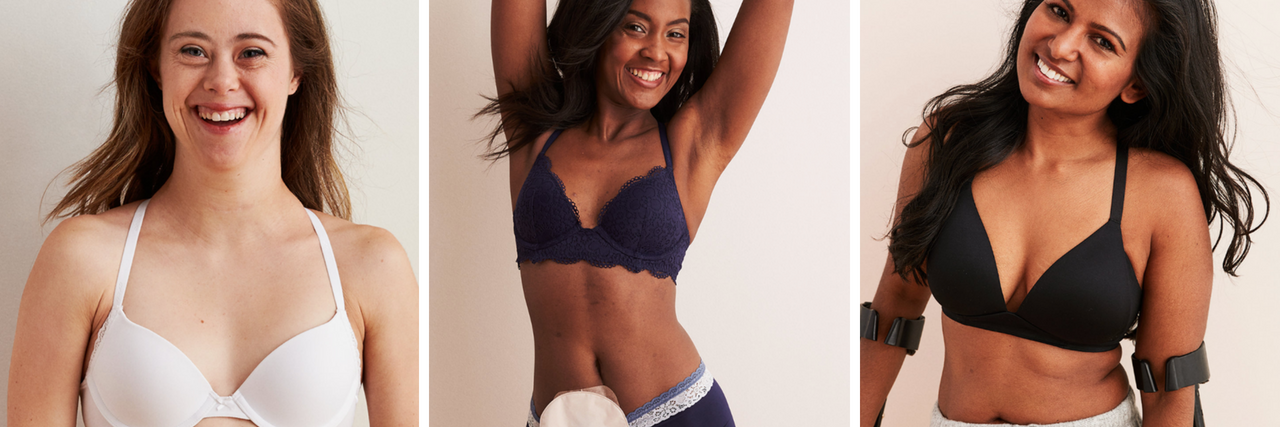“You could be a New York City model,” a kindly, elderly lady remarked, as I walked back to the table with an brimming order of fries and nuggets. Immediately, reflexively, I examined my tall, delicate frame. I was clad in a loose-fitting, eyelet-sleeved blue shirt, distressed denim shorts, and pristine white Converse. I appeared young, flirty and confident. But as my eyes fell on my atrophied left leg, her words seemed to fade away, withering in importance as I recalled my lack of bodily representation on the runway. She didn’t know I am disabled. She didn’t know that in the media, women like me barely exist.
As a woman with mild cerebral palsy, I have rarely felt represented in the media. Although I am white, tall, long-legged and slender, I spent the majority of my childhood and adolescence gazing longingly at magazine covers, dreaming of the day I would see my disability represented. The airbrushed photos of able-bodied women, devoid of surgical scars, inward-turning knees and curled toes gradually tore at my self-image as I internalized the message that society refuses to see disability as beautiful.
Instead of accepting myself, I coveted the long, lean, able bodies that permeated the media. I fervently wished for evenness, symmetry and physical functionality, all of which seemed unobtainable because of my cerebral palsy. I looked in the mirror and solely recognized my perceived flaws, instead of acknowledging the soft curves of my waist, the brightness of my eyes, and the gentle beauty of my legs.
For years, I mistakenly conflated my lack of media representation with complete inadequacy. If I never saw myself represented in the media, disability and all, could I ever truly be beautiful? Could I ever truly be enough?
In an instant, however, my self-perception changed.
Last week, I was assigned to edit an article on Aerie’s latest campaign, AerieREAL, which features models with a variety of health conditions, from vitiligo to paralysis to Down syndrome. A swell of warmth flooded over me as I perused the photos of smiling women in colorful lingerie. They were radiant. They were confident. They were beautiful. And they were unapologetically disabled, completely unafraid to own who they are.
These women were stunning, glowing in their carefree, wholehearted embrace of their disability identities. They were true exemplars of the woman I hoped to be — undeniably beautiful and completely unafraid to love themselves, disabilities and all.
At last, I felt heard. I felt seen. I felt represented. I felt beautiful.
Later that day, high off the joy of feeling represented for the first time in my life, I looked in the mirror, hoping to see my inner transformation reflected in front of me. I no longer saw uneven hips and atrophied muscles. I saw beauty, happiness, strength and resilience. For the first time in my life, I saw myself clearly.
It took a me moment to realize that nothing but my attitude had changed. My hips were still uneven, and my muscles were still atrophied, but I reveled in my lifelong beauty, dancing in front of the mirror with cheerful irreverence. I was graceful, confident, and beautiful, even in my imperfections, just like the Aerie models I strove to emulate. I was simply, beautifully myself, unafraid and unapologetic, disability and all.
I won’t be jetting off to New York to start a modeling career anytime soon. You won’t spot me strutting down the runway in the latest designer collections. But thanks to the AerieREAL campaign, I now carry myself with the confidence of a supermodel. At long last, I feel represented in the media, and I’m ready to own the beauty of my disability and make the world my runway.

